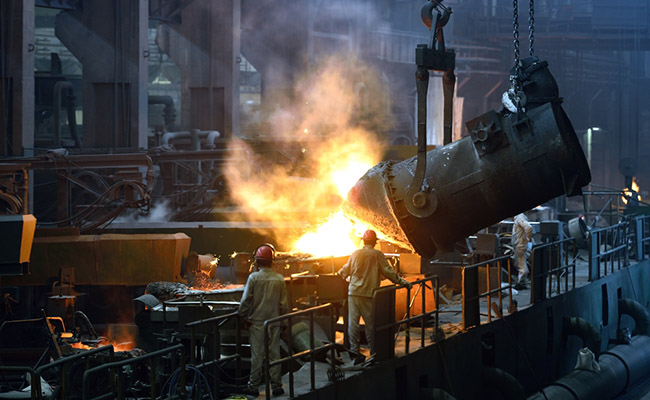The monthly PMI (Purchasing Managers Index) survey showed that the rate of contraction was sharpest in almost seven years since the global financial crisis
Source: PTI

The Nikkei India Manufacturing PMI, a composite monthly indicator of manufacturing performance, dipped from 50.3 in November to 49.1 in December.
January 04, 2016 | 06:42pm IST

 The Nikkei India Manufacturing PMI, a composite monthly indicator of manufacturing performance, dipped from 50.3 in November to 49.1 in December.
The Nikkei India Manufacturing PMI, a composite monthly indicator of manufacturing performance, dipped from 50.3 in November to 49.1 in December.
 The Nikkei India Manufacturing PMI, a composite monthly indicator of manufacturing performance, dipped from 50.3 in November to 49.1 in December.
The Nikkei India Manufacturing PMI, a composite monthly indicator of manufacturing performance, dipped from 50.3 in November to 49.1 in December.